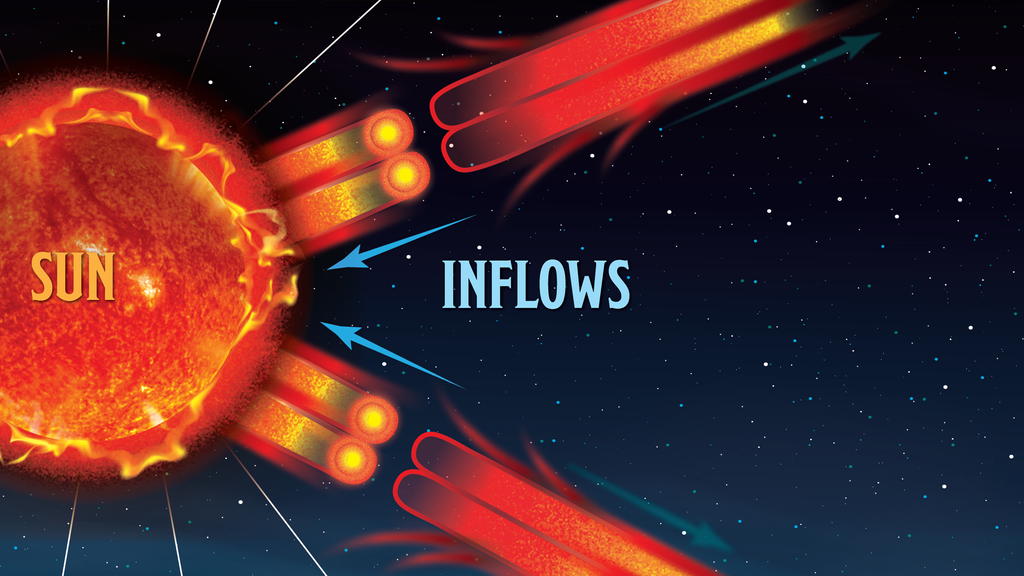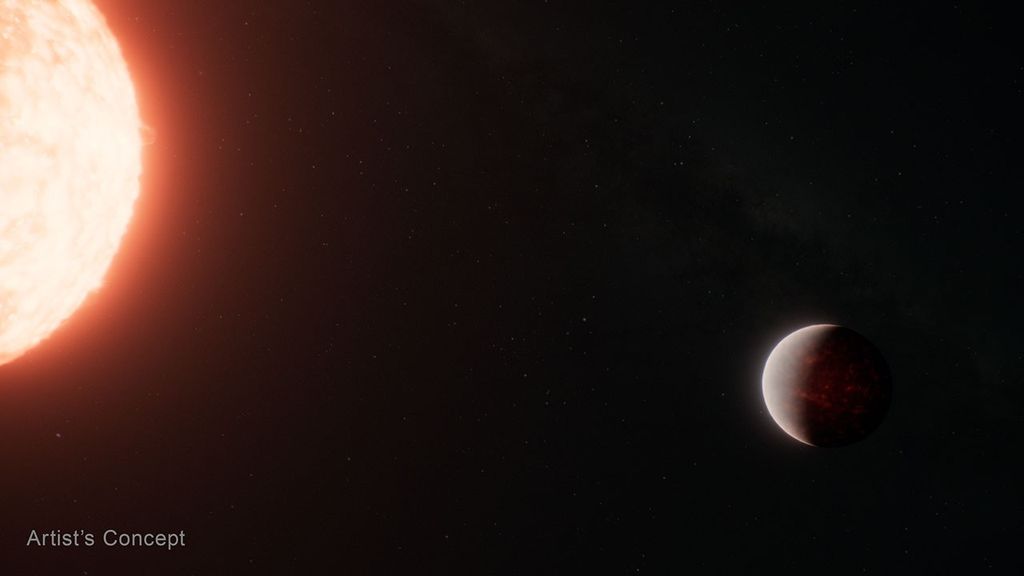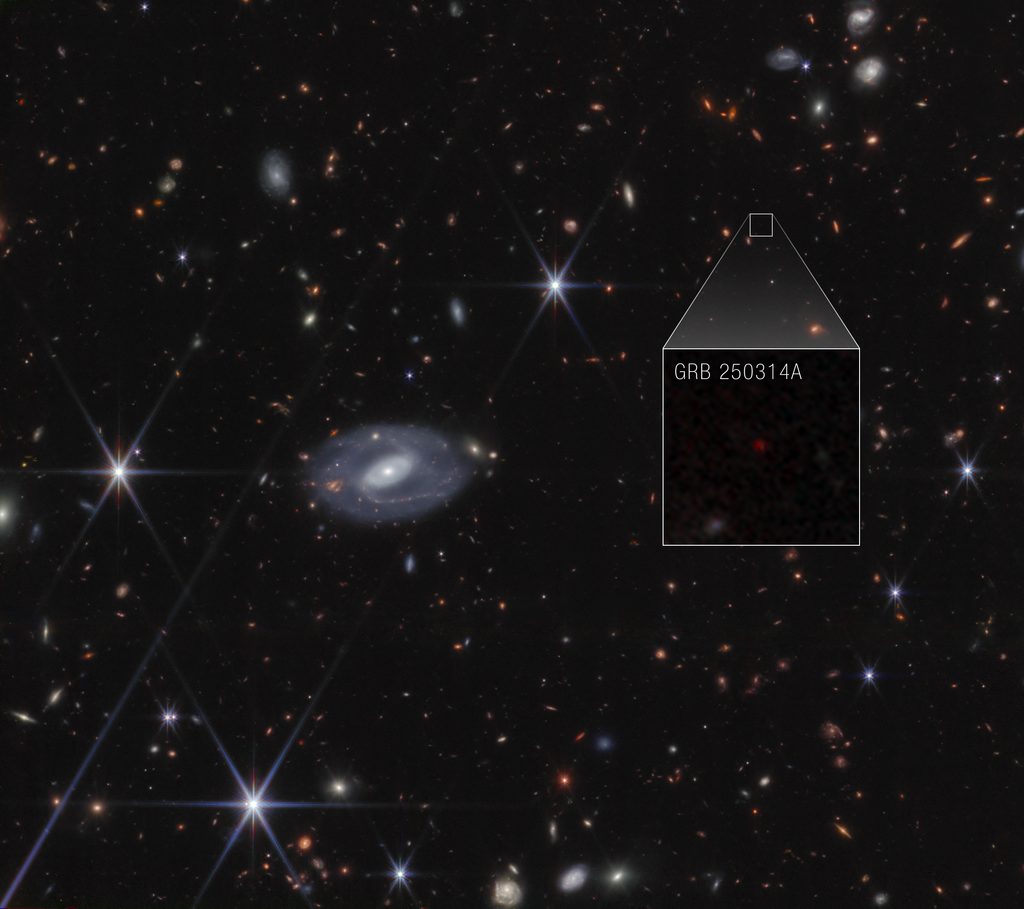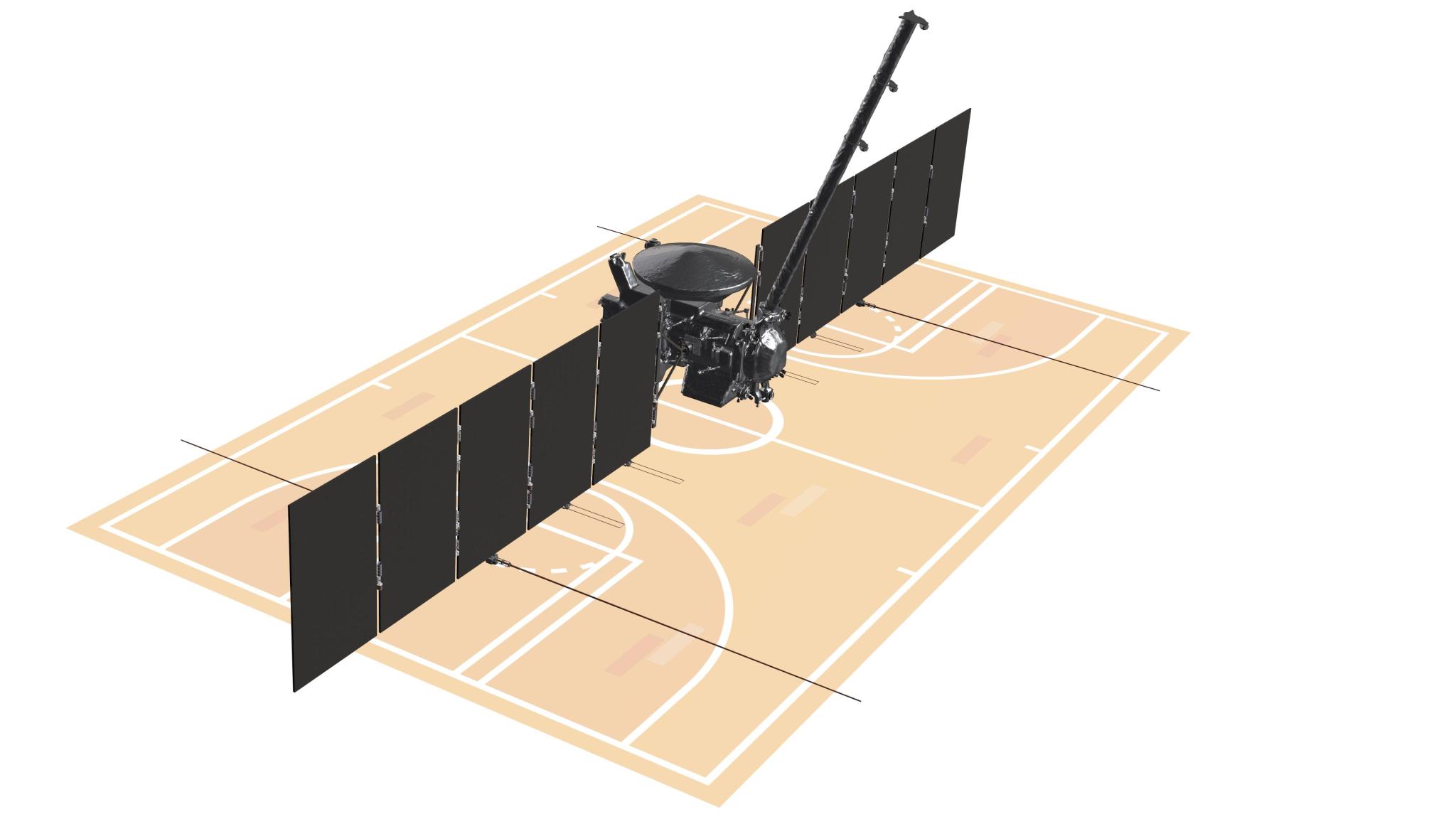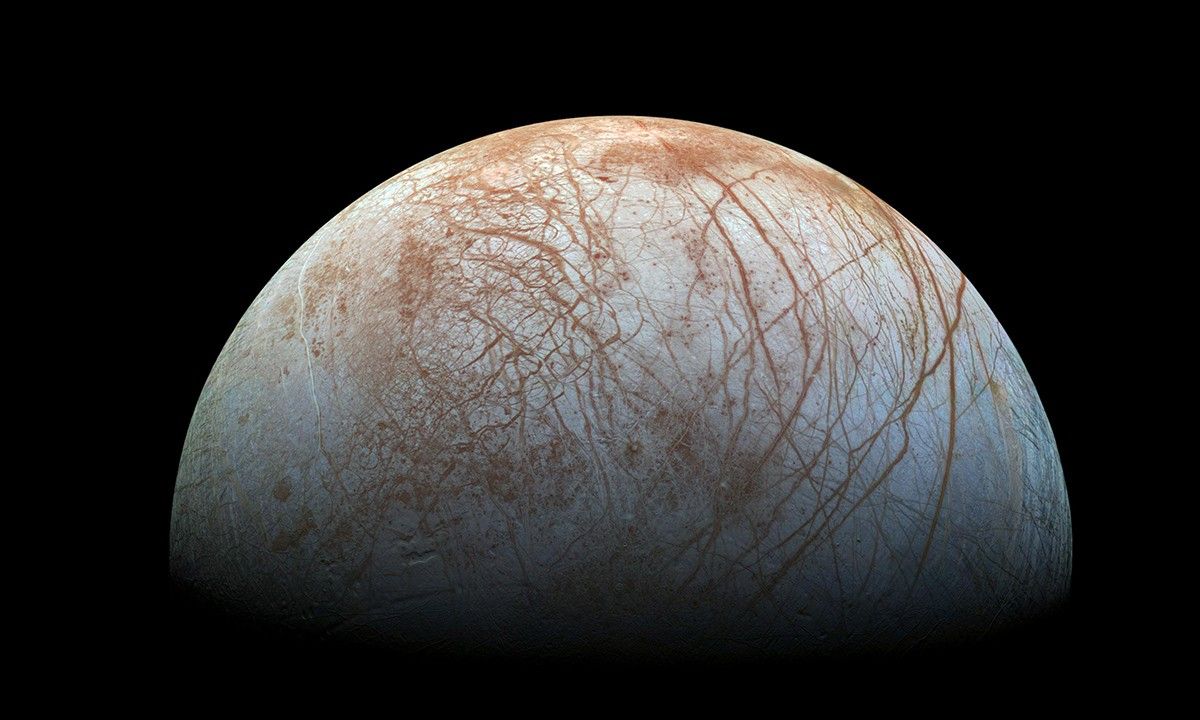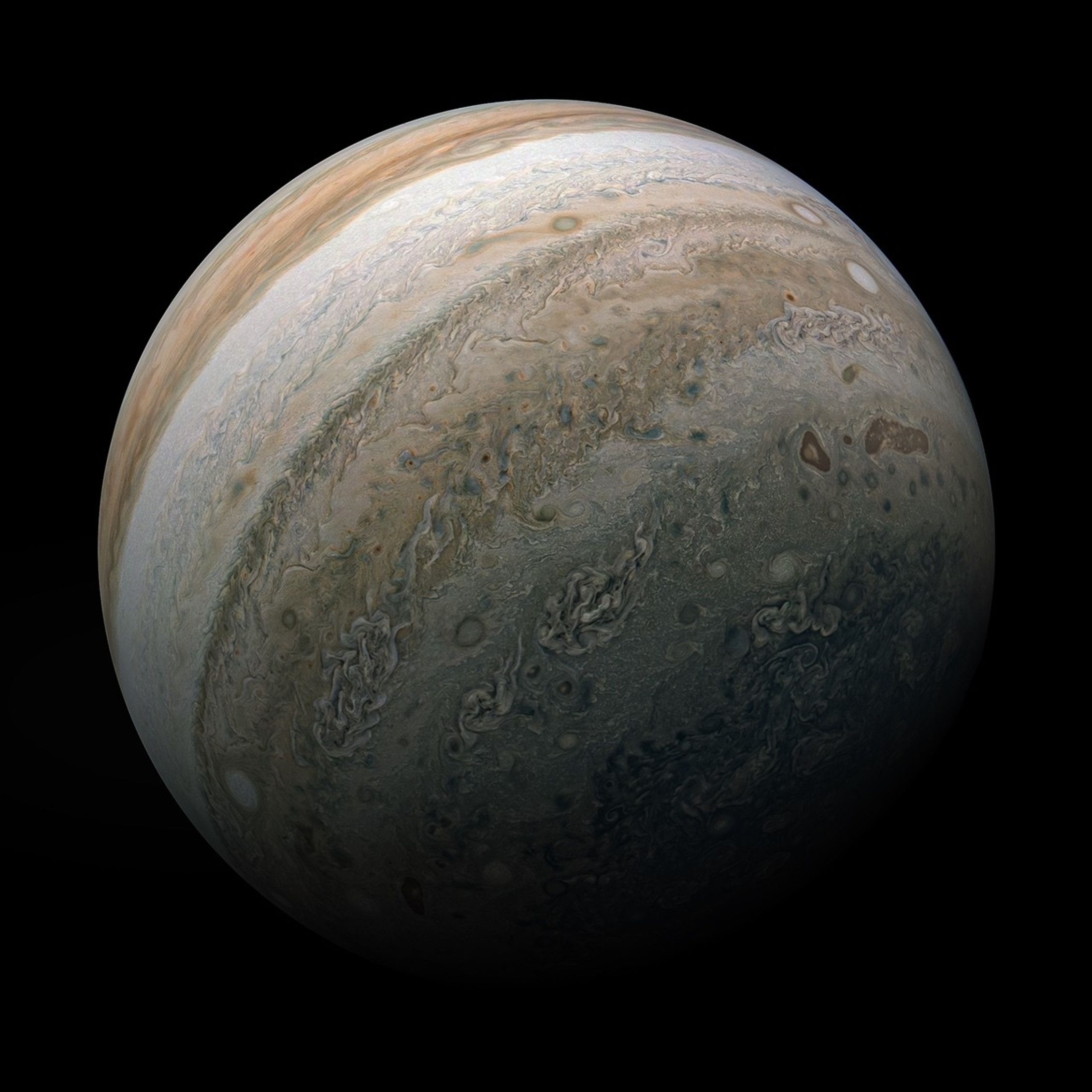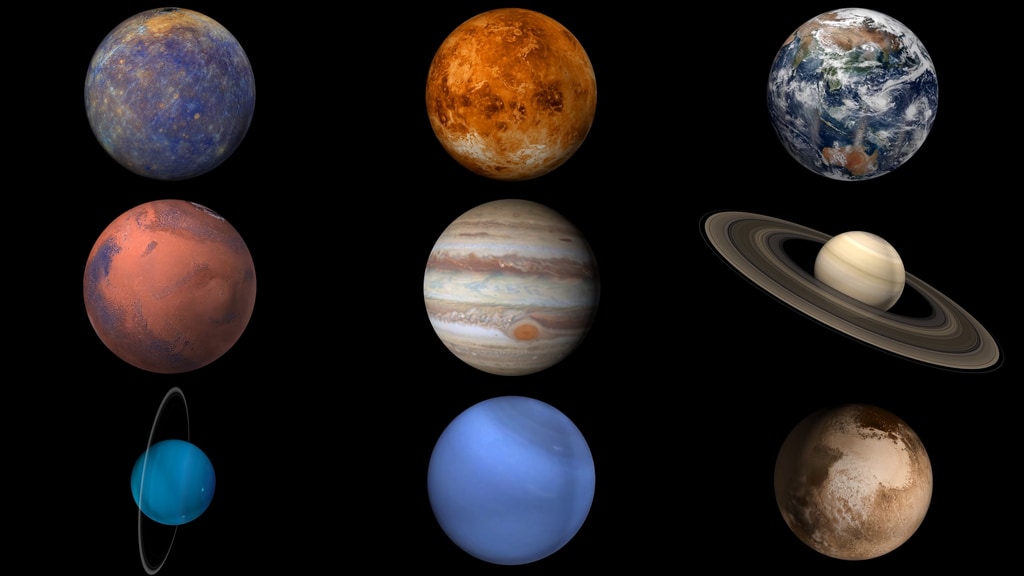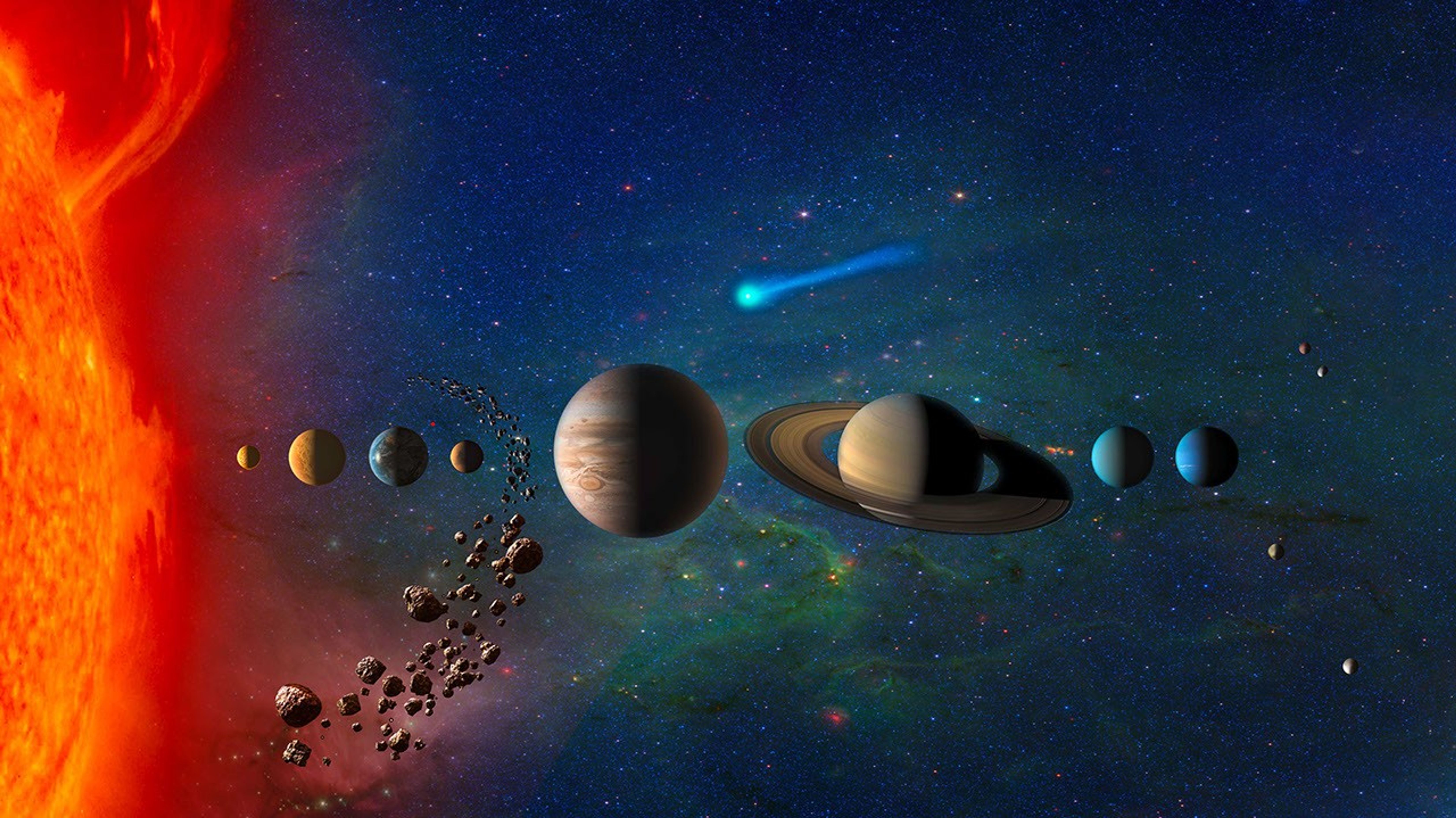


Europa Clipper Mission Overview
Europa Clipper’s main science goal is to determine whether there are places below the surface of Jupiter’s icy moon, Europa, that could support life.
Spacecraft type
Orbiter
Science instruments
9
science target
Europa
launch date
Oct. 14, 2024
What Will Europa Clipper Do?
Europa Clipper’s three main science objectives are to understand the nature of the ice shell and the ocean beneath it, along with the moon’s composition and geology. The mission’s detailed exploration of Europa will help scientists better understand the astrobiological potential for habitable worlds beyond our planet.
The spacecraft will perform dozens of close flybys of Jupiter’s moon Europa, gathering detailed measurements to investigate the moon. The spacecraft, in orbit around Jupiter, will make nearly 50 flybys of Europa at closest-approach altitudes as low as 16 miles (25 kilometers) above the surface, soaring over a different location during each flyby to scan nearly the entire moon.
Spacecraft Design
NASA’s Largest Planetary Mission Spacecraft
With its massive solar arrays and radar antennas, Europa Clipper is the largest spacecraft NASA has ever developed for a planetary mission. The spacecraft has large solar arrays to collect enough light for its power needs as it operates in the Jupiter system, which is more than five times as far from the Sun as Earth. The spacecraft will be about 16 feet (5 meters) in height. With its arrays deployed, the spacecraft spans more than 100 feet (30.5 meters) and has a dry mass (no propellant in the tanks) of 7,145 pounds (3,241 kg).
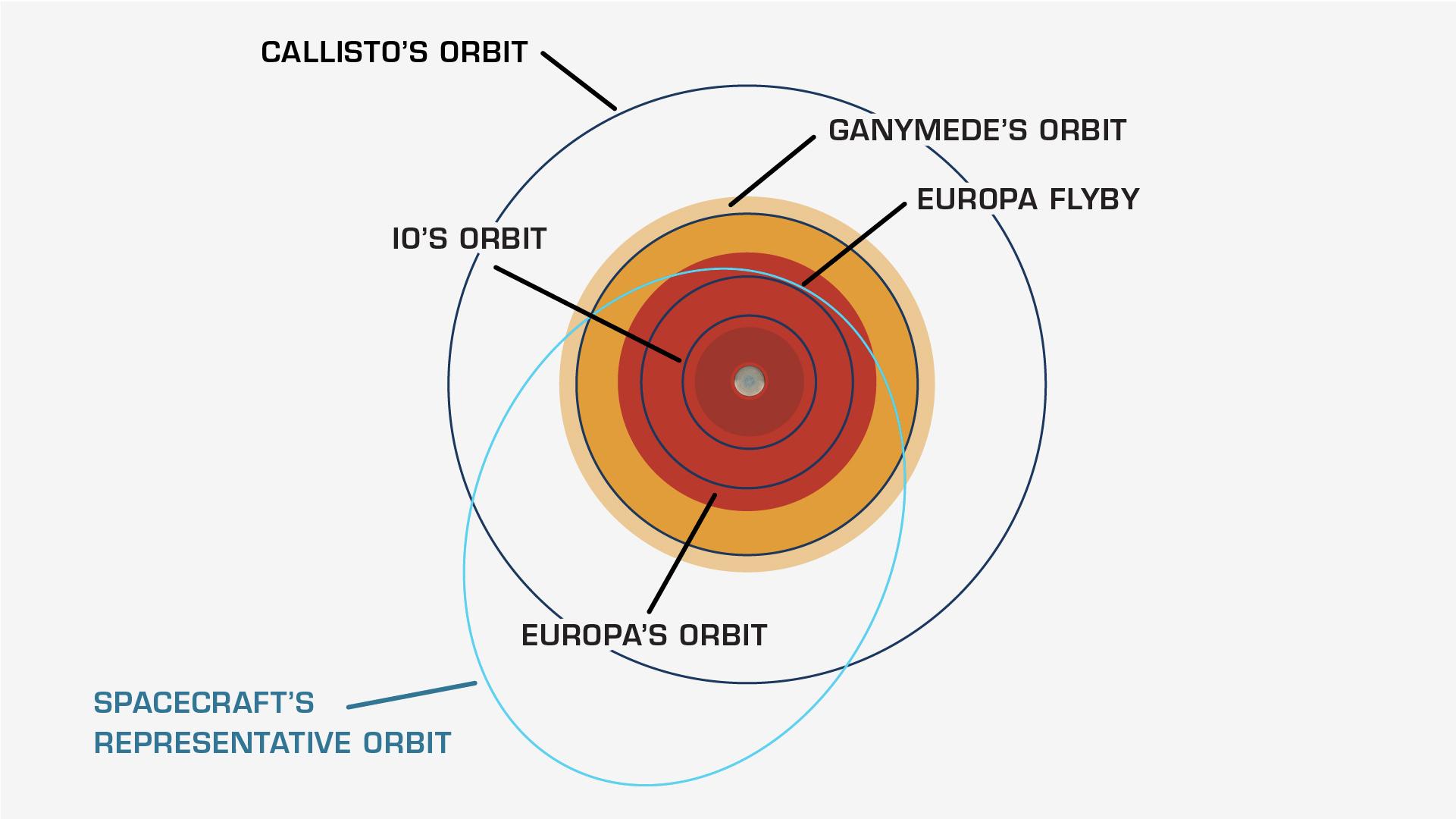
Designed for Jupiter’s Tough Radiation Environment
Because Europa is bathed in radiation trapped in Jupiter's magnetic field, Europa Clipper's payload and other electronics will be enclosed in a thick-walled vault. This strategy of armoring up to go to Jupiter with a radiation vault was developed and successfully used for the first time by NASA’s Juno spacecraft. The vault walls – made of titanium and aluminum – will act as a radiation shield against most of the high-energy atomic particles, dramatically slowing down degradation of the spacecraft's electronics.
Life Beyond Earth
Europa shows strong evidence for an ocean of liquid water beneath its icy crust. Beyond Earth, Europa is considered one of the most promising places where we might find currently habitable environments in our solar system. Europa Clipper will determine whether there are places below Europa’s surface that could support life.
The spacecraft's payload will include cameras and spectrometers to produce high-resolution images and composition maps of Europa's surface and thin atmosphere, an ice-penetrating radar to search for subsurface water, and a magnetometer and gravity measurements to unlock clues about its ocean and deep interior. The spacecraft will also carry a thermal instrument to pinpoint locations of warmer ice and perhaps recent eruptions of water, and instruments to measure the composition of tiny particles in the moon's thin atmosphere and surrounding space environment.










